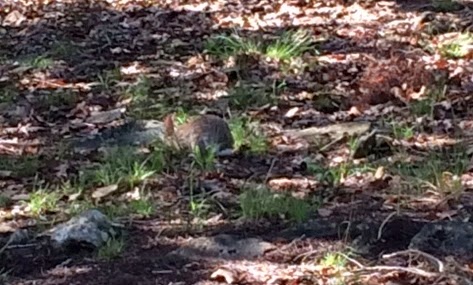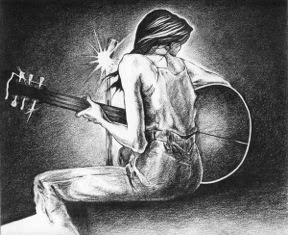Want to sharpen your senses and expand your creativity? Try getting away – alone! We all know that stepping away from the demands of our typical schedule is great therapy, but we don’t often look at solitude as a valuable component of that therapy.Through both choice and circumstance, I have come to realize that my nature demands periods of solitude, with only the sounds and energies of Nature as a companion. As I attend to those demands, they grow, like an insatiable hunger.
Each day of quiet that I give to myself sharpens my senses more. During my daily country chores the creaking of the barn door becomes increasingly loud, the banging of the wheelbarrow as it rattles across the rocks is almost deafening and the hot breeze moves through the tree branches as if amplified in a concert hall. Every particle of dust or blade of grass appears bright and bold, as if viewed under a magnifying glass. Scents of plants, animals and the earth itself compete for my attention.
As senses are sharpened, mental chatter subsides, opening the consciousness to clarity. With clarity comes both increased creativity and a deepening sense of peace. The mind empties, creating space for healing and insight.
While it is impossible to thrive or even survive in true solitude, as in “solitary confinement,” experiencing an absence of human company while relishing the vibrancy of Nature is nothing short of bliss. May you enjoy it often!




